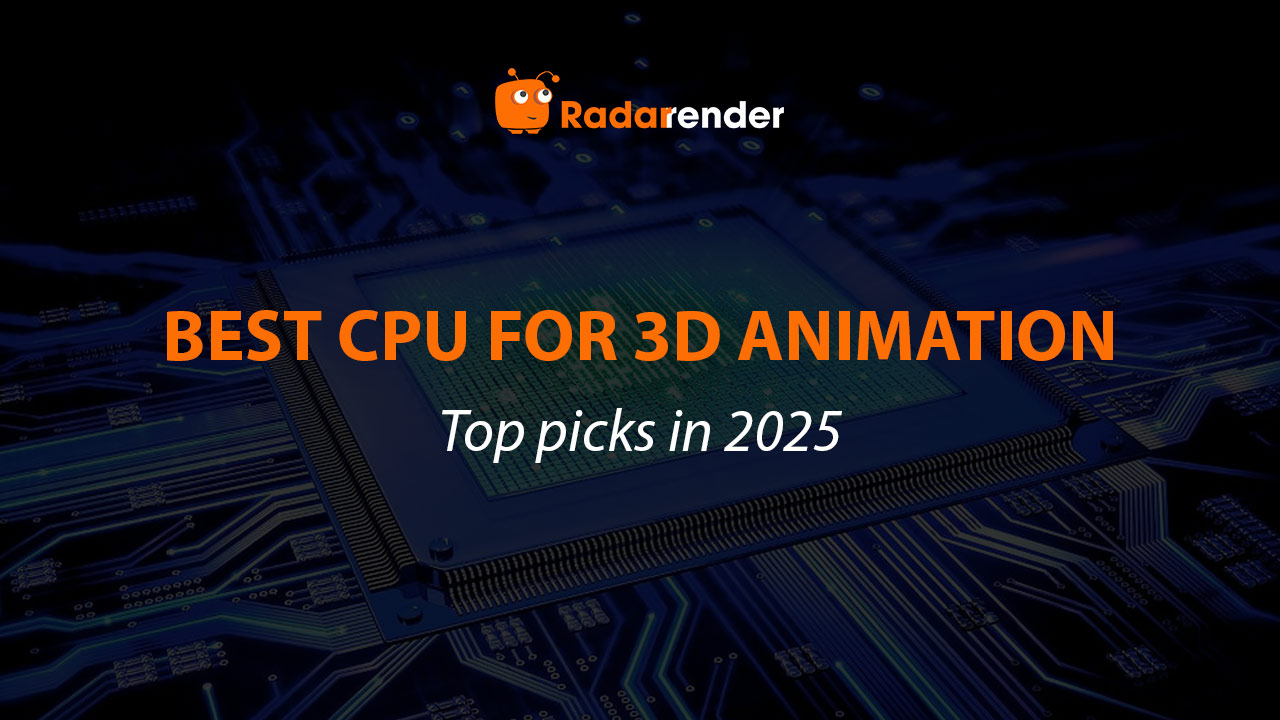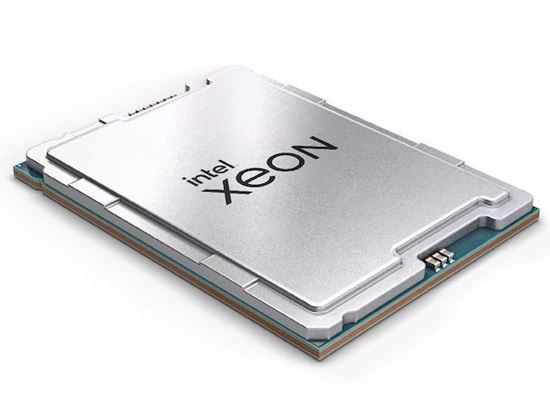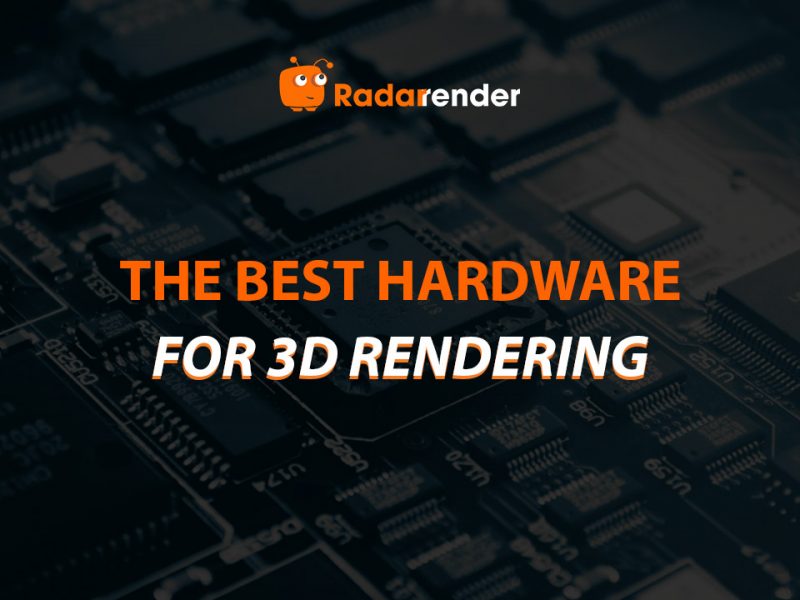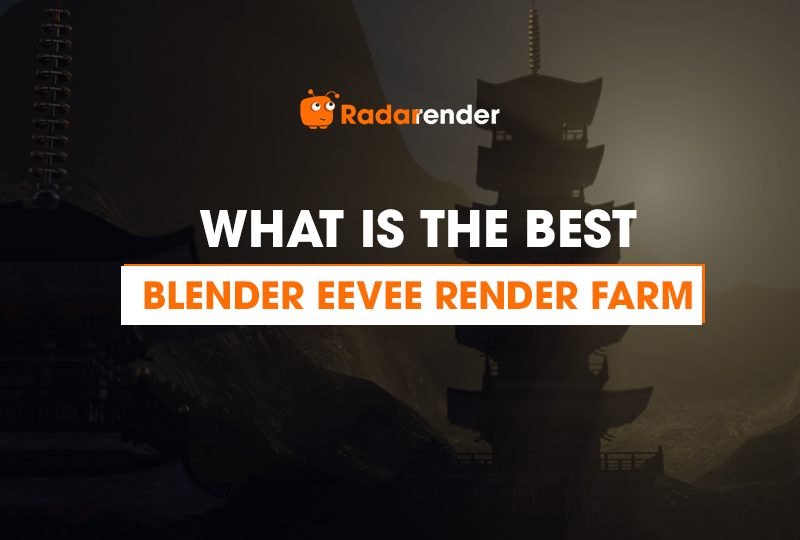Best CPU for 3D animation: Top picks in 2025
When it comes to 3D animation, your CPU plays a crucial role in how smoothly you can model, simulate, and render your projects. A powerful processor can drastically reduce render times, handle complex scenes more efficiently, and keep your creative workflow running without frustrating slowdowns. In 2025, the CPU market is more competitive than ever, with options ranging from high-core-count workhorses for rendering to lightning-fast chips optimized for viewport performance. In this article, we’ll explore the best CPU for 3D animation in 2025, highlighting their strengths, performance benchmarks, and why they stand out as top picks this year.
Animation and the role of CPU
3D animation is one of the most resource-intensive creative fields. From modeling and rigging to rendering complex scenes, every step requires strong computing power. While the GPU is often praised for speeding up rendering, the CPU remains the backbone of 3D animation workflows. It handles simulations, physics calculations, viewport performance, and tasks where single-core speed still matters.
For animators, choosing the right CPU means achieving smoother playback, shorter render times, and the ability to manage high-polygon scenes without constant lag. Simply put, your CPU directly influences your workflow efficiency and creative freedom.
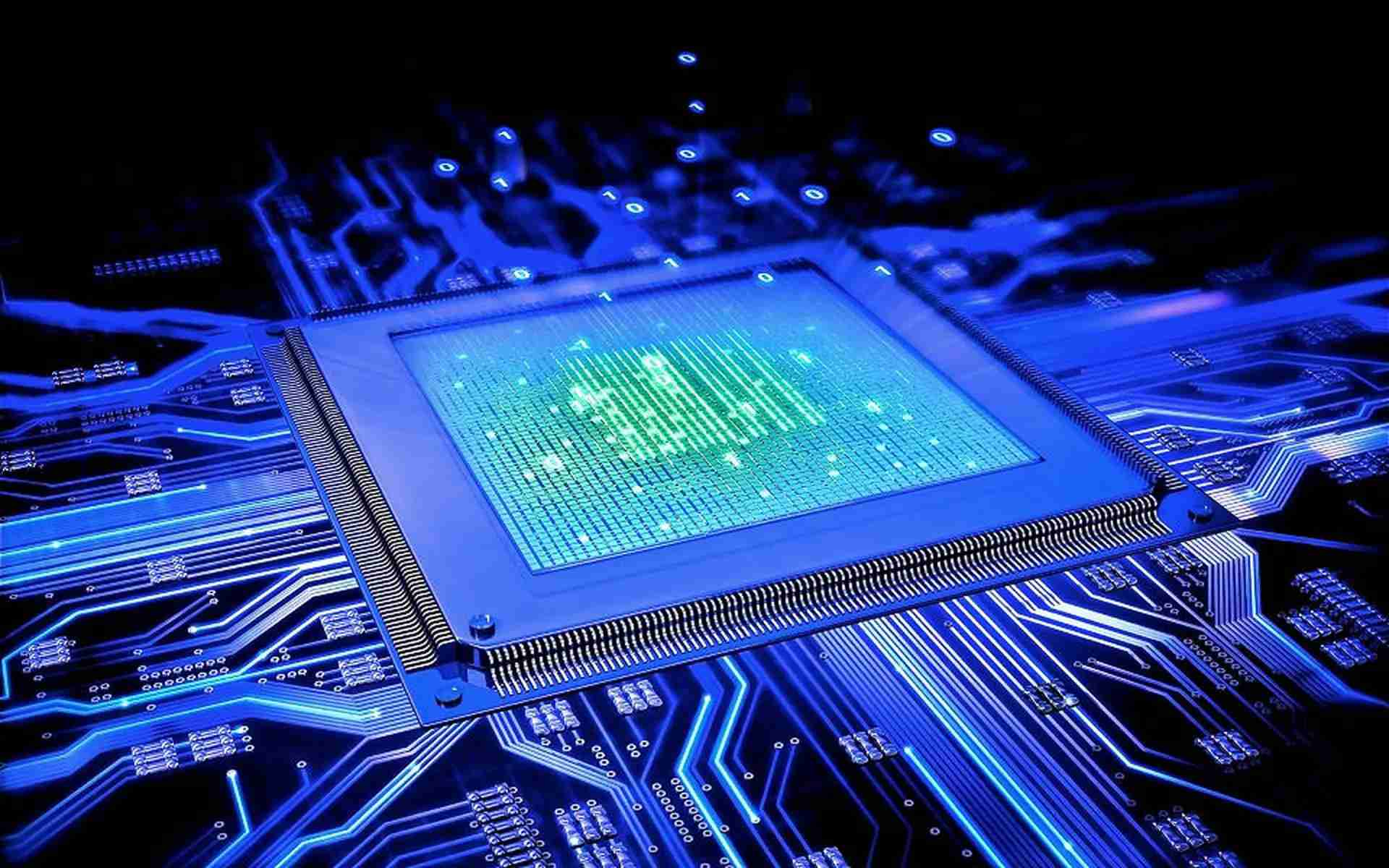
Key factors to consider when choosing CPU for 3D animation
Before choosing a CPU, it’s important to understand the key hardware requirements for 3D animation:
- Clock Speed (GHz): Clock speed is the number of processing cycles a CPU can complete in one second, measured in Hertz (Hz). The faster the clock speed, the more single-threaded tasks the CPU can handle in a given amount of time.
- Core Count: The number of independent central processing units (cores) contained in a microprocessor (CPU), where each core can perform separate tasks or handle multiple tasks at the same time. A higher core count enhances multi-threaded performance, which is essential for rendering and simulation-intensive workloads.
- Cache Size: The temporary memory capacity that a device or application sets aside to store frequently accessed data, to speed up retrieval, reduce latency, and improve overall system performance. Larger caches help store often-used data, improving performance in repetitive tasks.
- Thermal Design Power (TDP): The higher this index, the more power your CPU will consume and you need effective cooling solutions for your machine. Affects stability and cooling requirements, which are particularly important for long rendering sessions.
Additionally, compatibility and price are also key factors to consider when selecting a CPU for 3D animation.
Recommended CPUs for 3D Animation in 2025
Here are the top CPU picks for animators this year:
AMD Ryzen 9 7950X3D
- Cores/Threads: 16/32
- Base Clock: 4.2 GHz (up to 5.7 GHz boost)
This CPU combines AMD’s 3D V-Cache technology with high clock speeds, giving both excellent viewport responsiveness and fast rendering times. It’s perfect for freelancers or small studios who want a processor that can handle everything from modeling to rendering without needing a workstation-class CPU.
Thanks to the reduced all-core clock speed, the Ryzen 9 7950X3D has a TDP of 150W (PBO) and a temperature of 90 degrees (using the Noctua NH-D15 cooler). This helps users reduce the burden of investing in the mainboard and heatsink.
Best for: Artists who need a balanced CPU for both single-core and multi-core tasks.
Intel Core i9-14900K
- Cores/Threads: 24 (8 Performance + 16 Efficient cores)
- Base Clock: 3.2 GHz (up to 6.0 GHz boost on P-cores)
Intel’s hybrid architecture gives animators the fastest single-core performance, which is crucial for real-time viewport playback in Maya, Blender, or Cinema 4D. While it doesn’t have as many cores as Threadripper, its responsiveness makes it ideal for character animation and motion design.
With up to 36MB of L3 cache per core, the i9-14900K optimizes data access and improves overall performance. For 3D graphics and graphics applications, this chip shows exceptional power with its multitasking and integrated graphics capabilities.
Best for: Animators who prioritize playback speed, rigging, and real-time previews over massive render farms.
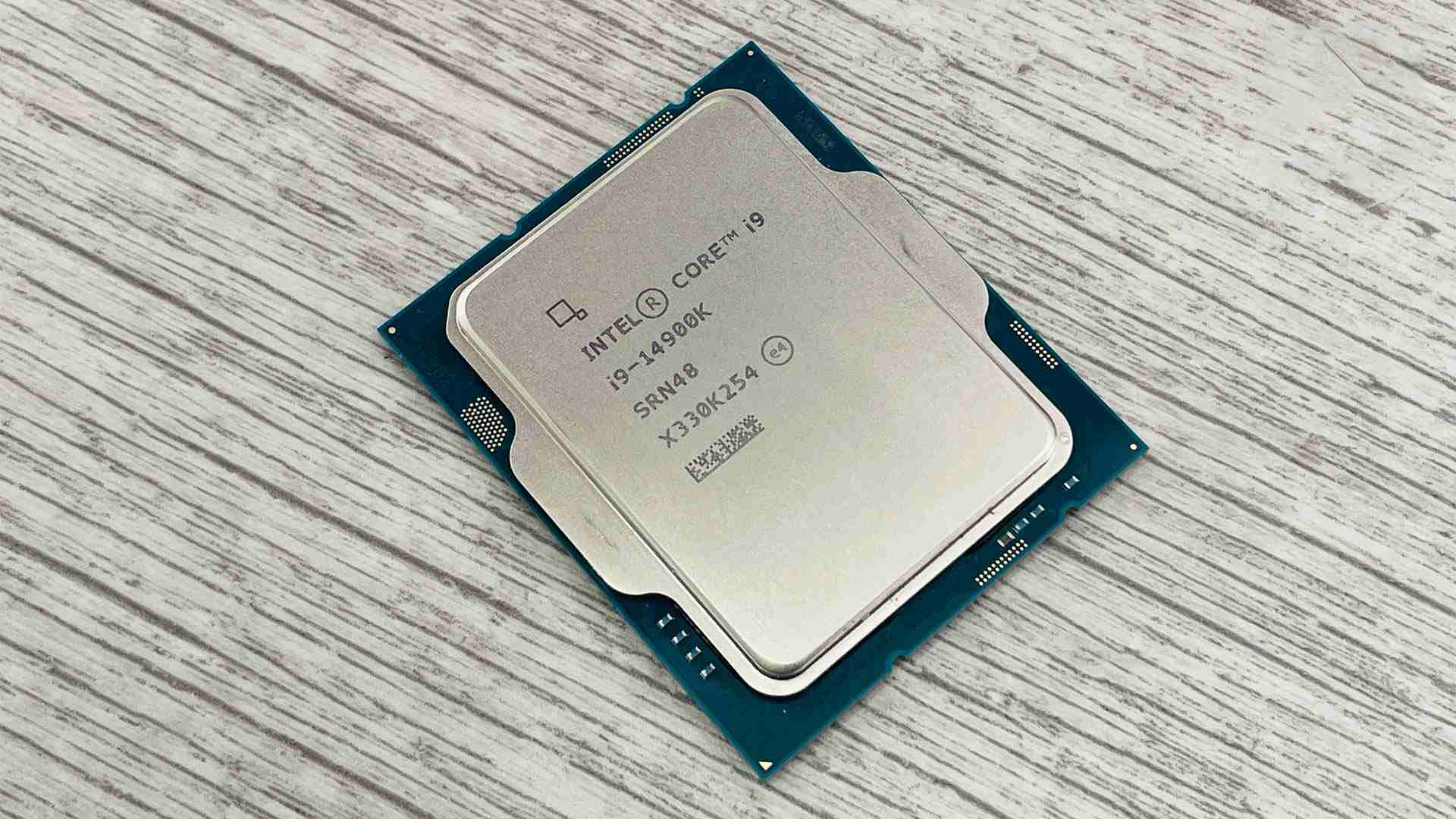
AMD Threadripper 7995WX
- Cores/Threads: 96/192
- Base Clock: 2.5 GHz (up to 5.1 GHz boost)
With nearly 100 cores, this is the ultimate rendering CPU in 2025. It’s overkill for pure animation work, but if your projects involve simulation-heavy scenes, VFX pipelines, or large-scale rendering, nothing beats Threadripper. It’s built for professional workstations and can save hours per project.
However, with a TDP of 350W, the system needs a good cooling solution for the CPU to operate stably.
Best for: Studios and professionals who do large-scale rendering or simulation work alongside animation.
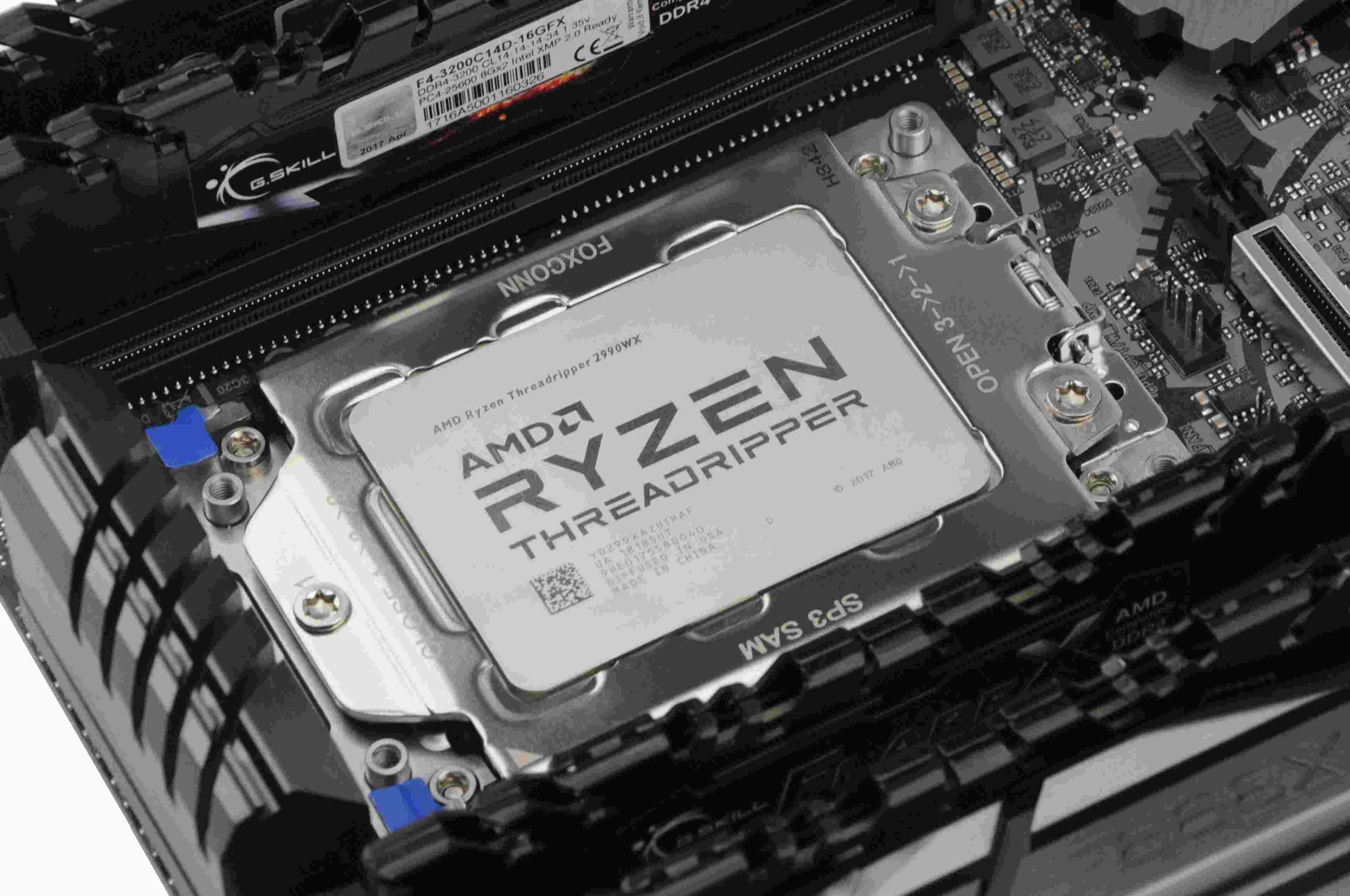
Intel Xeon W-3400 Series
- Cores/Threads: Up to 56 cores
Xeon CPUs focus on stability, scalability, and ECC memory support, which makes them reliable for mission-critical 3D animation pipelines. While they may not have the raw speed of consumer CPUs like Ryzen or i9, they are trusted in studio environments where downtime is not an option.
Below is some outstanding CPUs that you can consider:
- If you do a lot of CPU rendering (especially path-traced rendering) and prioritize rendering speed, the W9-3495X is the most powerful choice.
- If you do editing, previewing, and rendering, and want a balanced system, the W7-3465X is often a good choice for animation/VFX studios.
- If you do light animation or want to save on cost/power/cooling, the W5 series is a reasonable choice.
Best for: Enterprise studios, collaborative pipelines, and production environments that require stability and certified hardware.
Conclusion
Each of these CPUs provides outstanding performance for 3D animation, but the right choice depends on your workflow. Freelance animators might prefer a high-frequency CPU like the i9-14900K, while studios handling heavy rendering may benefit from a Threadripper or Xeon setup.
The right CPU ensures you can animate faster, render smarter, and bring your creative vision to life without hardware bottlenecks. Investing in the best processor is not just about speed, it’s about unlocking your full potential as a 3D artist.



